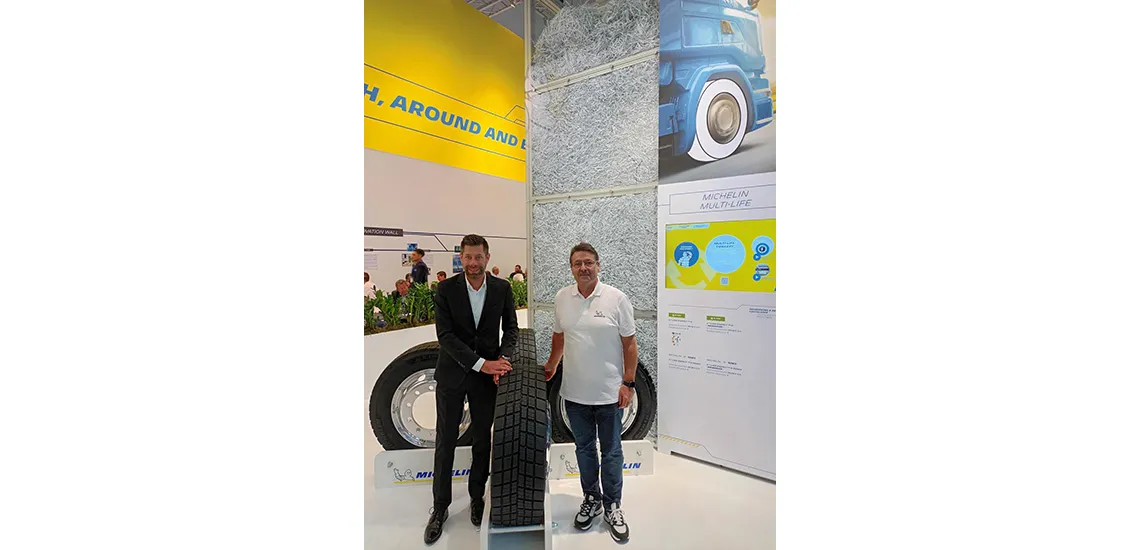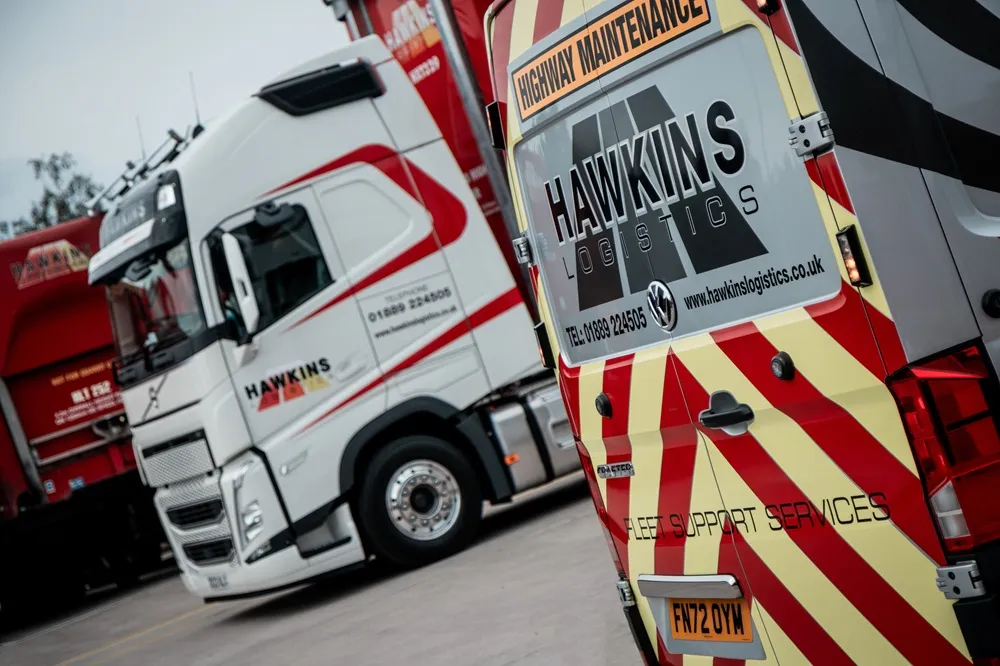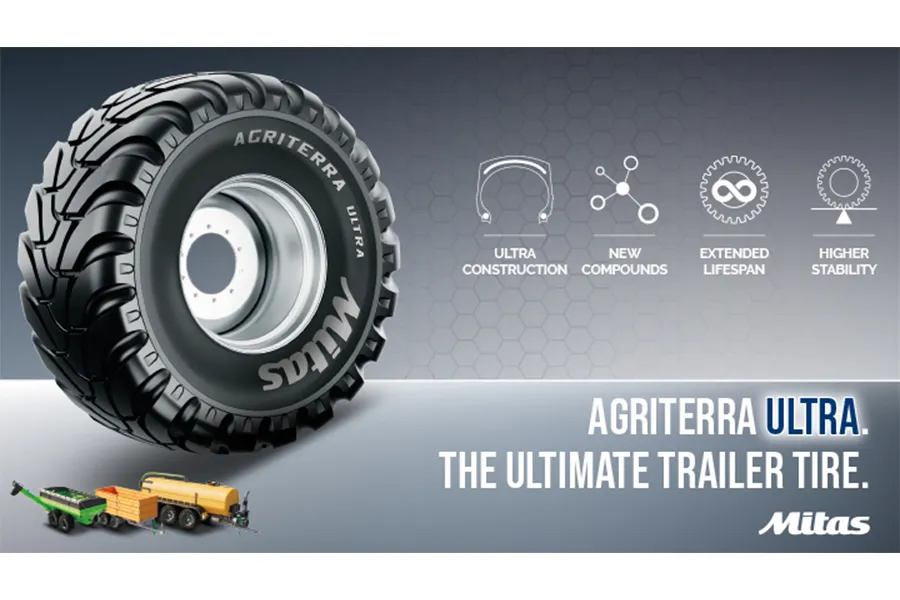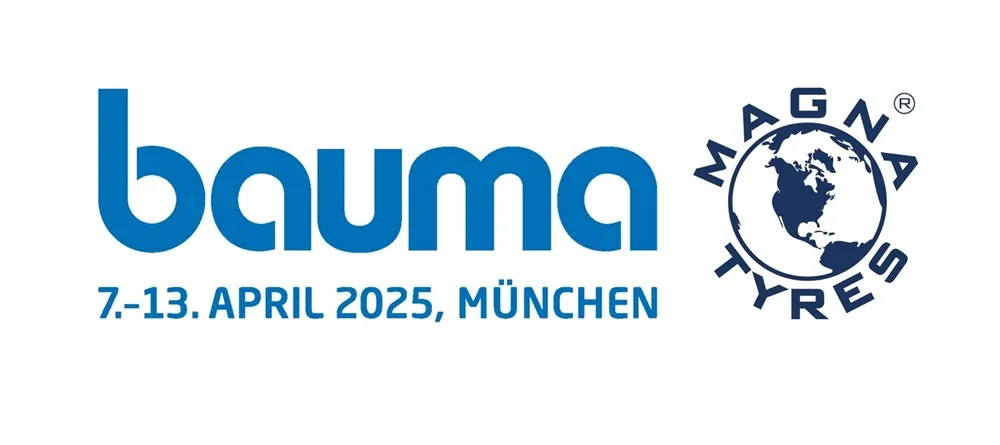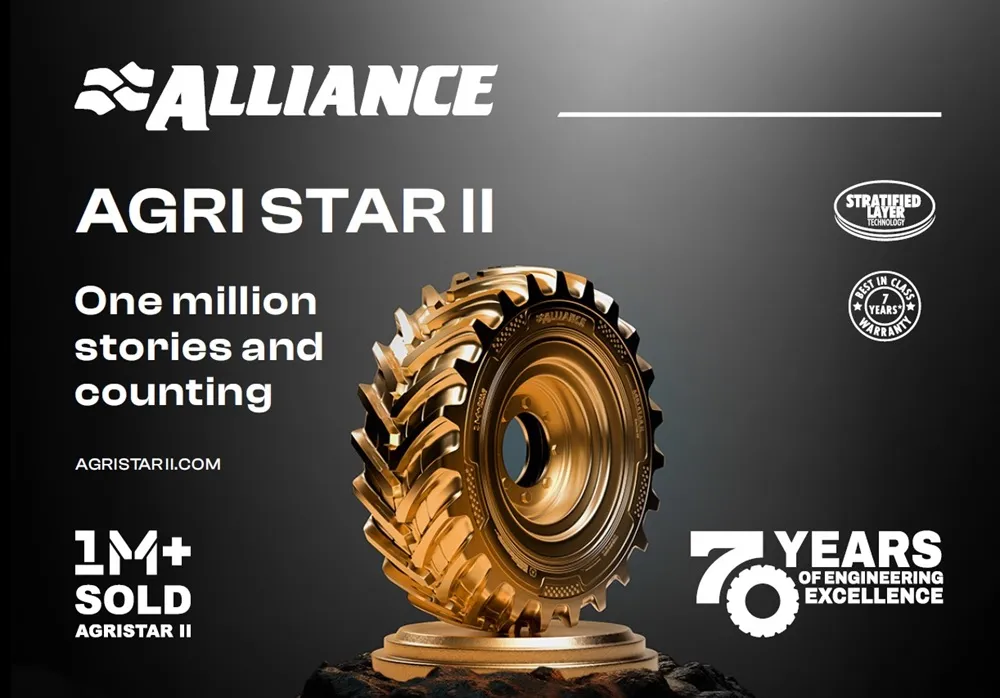Readers of Retreading Business will be well aware that Michelin has long held a reputation as being a supporter of the retreading process as a key factor in enabling commercial vehicle fleets to optimise the return on their tyre investments. During the recent IAA for Transportation exhibition in Hannover, we were able to talk to Philipp Ostbomk, who is the Vice President Sales, B2B for Michelin Europe North about the company’s current approach to the retreading market.
Retreading Business Catch up with Michelin at the IAA for Transportation
Michelin has a dual-pronged strategy for the retreading sector. The main core of this strategy, says Ostbomk, is focused on the company’s own Remix retreading facilities in Homburg, Germany and Stoke-on-Trent in the UK. “We are clearly number one in the market with Remix,” he pointed out. “However, we also see the need to support independent retreaders, both for sustainability reasons but also to meet the needs of our distribution strategy, and for this we have the Recamic brand in Europe, where we sell the tread to independent retreaders and support them with the process, consulting, machines and with the tread. We also help retreaders with the sell-out by integrating our fleet management concepts and our salesforce into the support process.”
Ostbomk recognises the short-term impact of the energy crisis on the retreading sector but is positive about prospects for the future. “We hope that the energy crisis will soften, and we see the retreading sector growing,” he says. “We want the sector to grow, as we are convinced this is part of sustainable mobility, so we need these local retreaders in addition to our own retreading facilities. We are just defining the details in our strategy, and in some markets, you see some quite different scenarios. If you look at the UK, it is predominantly a mould cure market, whereas in the Nordics precure is very much accepted, and in Germany you have both. It is interesting, as the market perception of the different processes is quite different.”
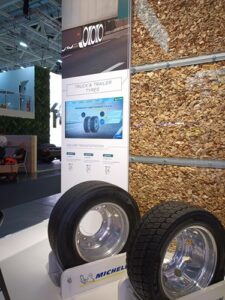
Ostbomk is convinced that the mould-cure domination in the UK market is largely down to psychological influences as much as anything, and there are many good reasons in favour of precured retreading. “From a sustainability point of view, there is less transportation, less cost and emissions, and it is quicker in terms of the process level,” he argues. “I would say there is a clear future for the cold retreading process.”
With regards to the impact of cheap Asian TBR imports on the retreading market, Ostbomk identifies two key factors, which might influence the market. The first of these is the call for more sustainable transportation, which, he says, renders a new-tyre-only tyre policy unsustainable. “Many of those brands are not made to be retreaded, and they are therefore not the answer to sustainable mobility,” he says. The second factor is the increased pressure on short term cost increases which is obviously a trend which might normally lead to Asian imports increasing. However, Ostbomk feels the call for sustainable mobility will help push retreading forward.
“I think we have to take into account the full life of the tyre. Our tyres have four lives, which makes them much cheaper. Furthermore, Remix is made with a Michelin carcass, and we have the same performance and quality, the same rubber, the same quality systems. This has been our sales approach for decades, and it fits perfectly into the current times of sustainability. “

